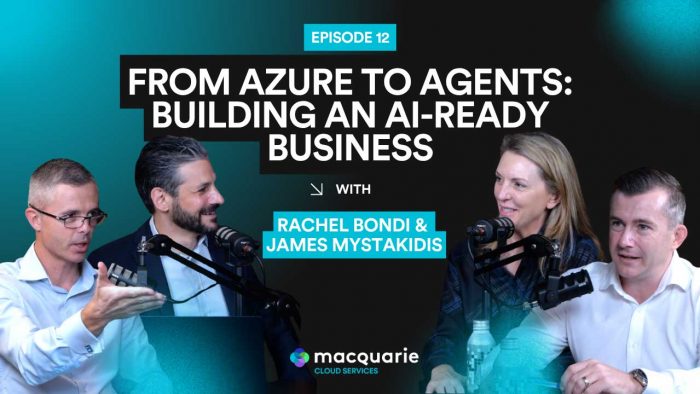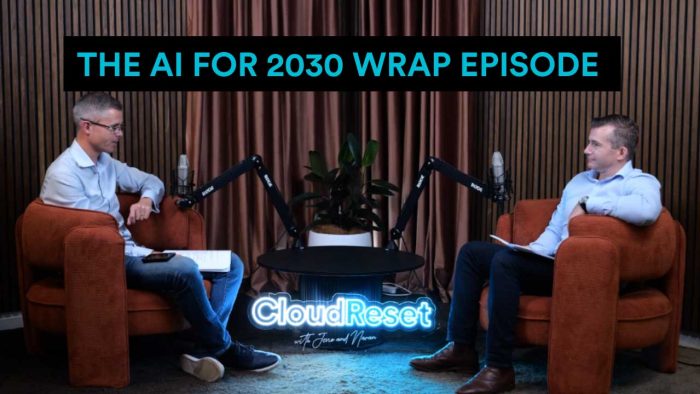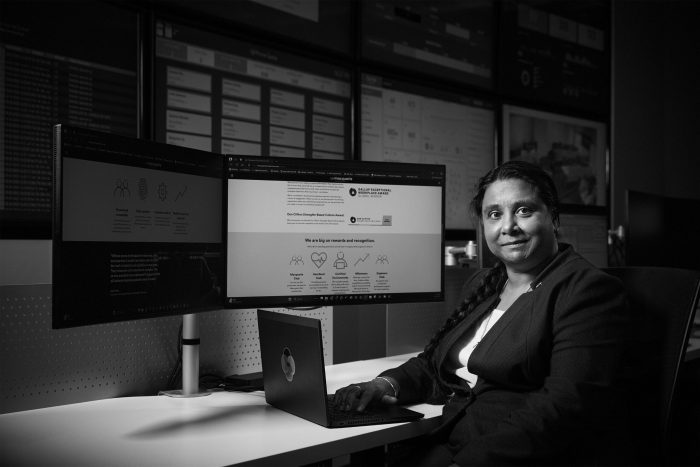Zero Trust alone won’t save you. Here’s the next step in cybersecurity

Cybercriminals don’t clock out. They don’t go away for the weekend, take holidays or wait for IT teams to catch up. They evolve relentlessly, exploiting gaps in security faster than most organisations can patch them. Traditional security models built on implicit trust are no match for this reality. That’s why Zero Trust – the philosophy of assuming every user, device and request is a potential threat – has become the cybersecurity standard.
But even Zero Trust must evolve. Enter Microsoft’s Secure Future Initiative (SFI) – a forward-thinking approach that integrates AI, automation and continuous verification to outpace attackers.
What is Zero Trust, and why does it matter?
For the past few years, IT leaders have asked, “What is Zero Trust?” The answer is simple but powerful: Never trust. Always verify. Traditional security models assume insiders are safe, but Zero Trust operates under the assumption that a breach is either inevitable or already in progress.
However, implementing Zero Trust isn’t the challenge – keeping it dynamic is. Cyber threats evolve faster than security strategies, making static frameworks ineffective. Organisations need an adaptive, AI-driven security approach that detects threats in real time and responds instantly.
So instead of asking, “What is Zero Trust?”, maybe the better question is, “How can we make it smarter, faster and more resilient?”
Secure Future Initiative by Microsoft enhances Zero Trust by making security more proactive, automated and AI-driven. It ensures security is baked into every layer – designed into products, enabled by default and continuously optimised. With threats growing in sophistication, businesses require real-time detection, automated response and systems that evolve with emerging risks.
The six pillars of SFI: Strengthening Zero Trust architecture.
SFI builds upon Zero Trust principles by reinforcing security across six critical areas:
1. Identity and access protection.
Credentials are a hacker’s best friend. Cybercriminals don’t need to break in when they can simply log in using stolen passwords. To combat this, phishing-resistant multi-factor authentication (MFA) is now mandatory across Microsoft services, blocking unauthorised access even if credentials are compromised.
2. Network security reinforcement.
The days of traditional perimeter-based security are over. Modern network protection relies on conditional access policies, segmentation and least-privilege access to prevent lateral movement. Even if attackers infiltrate one area, they can’t easily escalate their reach.
3. Engineering systems hardening.
As organisations develop software at breakneck speed, vulnerabilities multiply. SFI enforces secure coding practices, secrets management and automated security scans to minimise exposure. Tools like GitHub Advanced Security proactively detect and neutralise threats before deployment.
4. AI-powered threat detection and response.
Detecting an attack hours or days after it happens is unacceptable. That’s why Macquarie developed our AI powered, SOC Digital Twin, leading to cost-effective wins and evolving ROI. Real-time threat intelligence isn’t just an advantage – it’s the difference between stopping an attack and cleaning up after one.
As part of Managed Security (MDR + XDR), our SOC Digital Twin, allows us to dramatically reduce incident response times. For instance, it’s been instrumental in helping us cut our Mean Time To Respond (MTTR) to 7 minutes and our Mean Time to Contain (MTTC) under 3 minutes. This is far below industry benchmarks, which can stretch to several hours if not days depending on complexity.
5. Faster incident response and remediation.
Speed determines risk. Once a vulnerability has been detected, SFI prioritises automated containment, rapid patch deployment and transparent security reporting, ensuring businesses mitigate threats before they cause damage. In cybersecurity, response time defines resilience.
6. Security governance and continuous improvement.
Security isn’t a one-time fix – it’s a continuous process. Many organisations struggle with overwhelming security gaps. SFI introduces automated compliance tracking, critical risk prioritisation and proactive mitigation, ensuring security efforts align with evolving threats.
Putting the Secure Future Initiative to work for you.
The rules of cybersecurity have changed, and organisations clinging to outdated security models are easy targets. Staying secure requires agility. Attackers evolve daily, and so must your defences.
Microsoft’s SFI takes Zero Trust a step further by integrating AI-driven automation and real-time threat response, ensuring organisations don’t just react to threats but stay ahead of them. This proactive approach reduces risk, strengthens resilience and keeps businesses secure in an ever-changing cyber landscape.
Macquarie Cloud Services is at the forefront of helping Australian businesses adapt to these challenges with Azure Managed Services and Macquarie Flex – our hybrid cloud solution that delivers performance, security and cost-efficiency.
As an Azure Expert Managed Service Provider, we’ve earned Microsoft’s highest distinction through rigorous independent assessments. We’re also a proud member of the Microsoft Intelligent Security Association (MISA) and among a select few invited to join Microsoft’s Cyber Security Investment Program.
When you partner with us, you’ll gain access to exclusive funding, expertise, and the best security tools already built into your Microsoft environment. Simply put, we’re here to help you maximise your Microsoft investment, ensuring it drives both security and cost efficiency across your business.
Secure Future Initiative is helping to shape the next era of cybersecurity. However, to fully protect your business, you need a trusted partner who understands your unique challenges Reach out to us today at 1800 004 943 or drop us an email at enquiries@macquariecloudservices.com.




